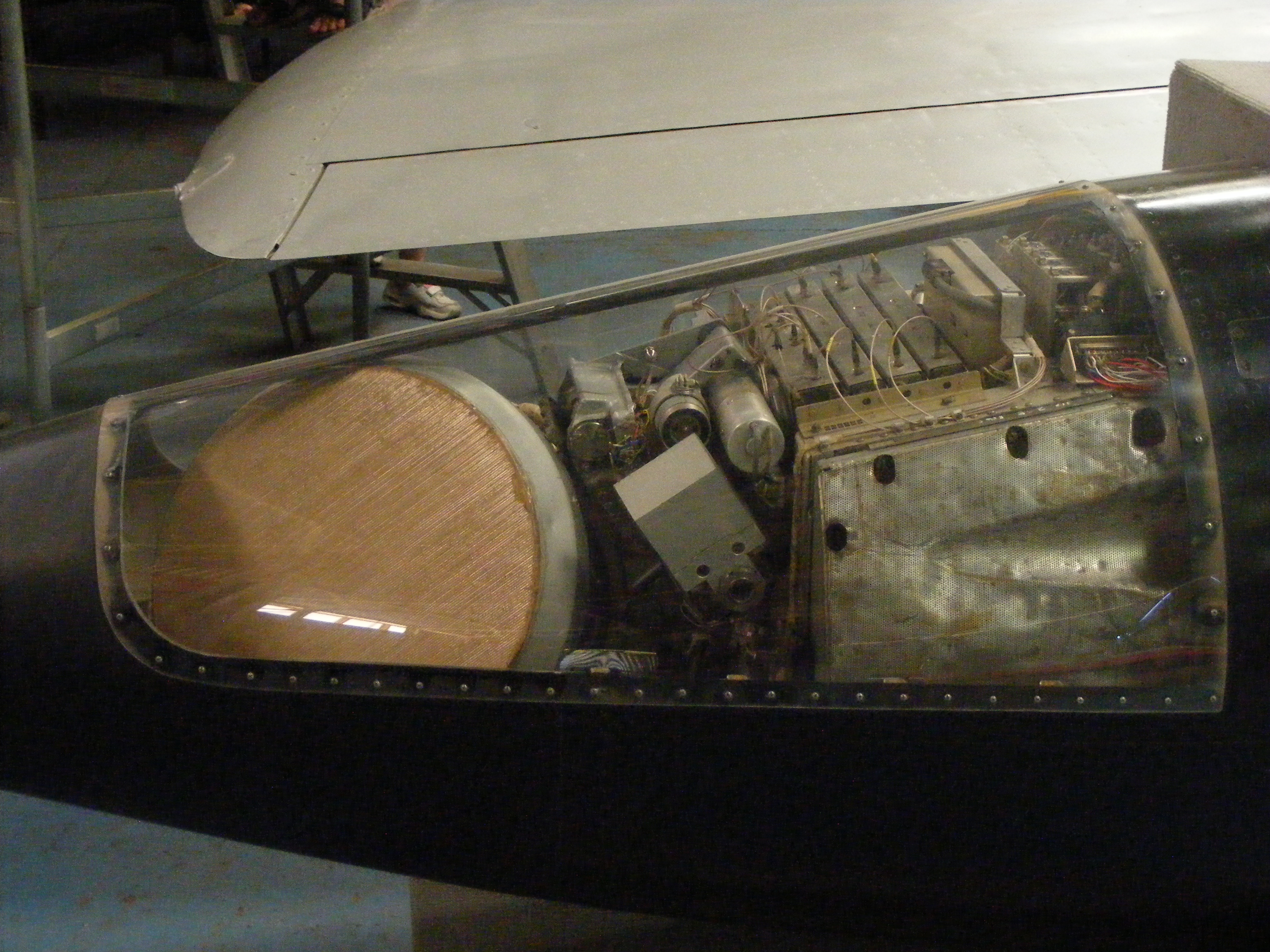Cyrano Radar Family on:
[Wikipedia]
[Google]
[Amazon]

 The Cyrano radars are a family of French onboard radars, manufactured from the 1960s by the Compagnie Générale de la Télégraphie Sans Fil (CSF). These radars were originally used on the Mirage III C and
The Cyrano radars are a family of French onboard radars, manufactured from the 1960s by the Compagnie Générale de la Télégraphie Sans Fil (CSF). These radars were originally used on the Mirage III C and

 The Cyrano radars are a family of French onboard radars, manufactured from the 1960s by the Compagnie Générale de la Télégraphie Sans Fil (CSF). These radars were originally used on the Mirage III C and
The Cyrano radars are a family of French onboard radars, manufactured from the 1960s by the Compagnie Générale de la Télégraphie Sans Fil (CSF). These radars were originally used on the Mirage III C and Saab 35 Draken
The Saab 35 Draken (; ''The Kite'', ambiguous with ''The Dragon'') is a Swedish interceptor aircraft, fighter-interceptor developed and manufactured by Saab AB, Svenska Aeroplan Aktiebolaget (Saab AB, SAAB) between 1955 and 1974. Development of ...
, and then in constantly evolving variants on different models of aircraft from Dassault Aviation
Dassault Aviation SA () is a French Aerospace manufacturer, manufacturer of military aircraft and business jets. It was founded in 1929 by Marcel Dassault, Marcel Bloch as Société des Avions Marcel Bloch (Marcel Bloch Aircraft Company). After ...
and SEPECAT.
Cyrano I
The Cyrano I was developed from 1958 for the French Air Force by CSF.Components
The monopulse radar Cyrano I is located in the nose of the aircraft, in a pressurized enclosure. The antenna, with a diameter of 0.36 m, is movable in bothInclination
Orbital inclination measures the tilt of an object's orbit around a celestial body. It is expressed as the angle between a reference plane and the orbital plane or axis of direction of the orbiting object.
For a satellite orbiting the Eart ...
and azimuth
An azimuth (; from ) is the horizontal angle from a cardinal direction, most commonly north, in a local or observer-centric spherical coordinate system.
Mathematically, the relative position vector from an observer ( origin) to a point ...
, using servo mechanisms. It includes a transmitter and a receiver. The transmitter, with a peak power of 300 kW in the band (λ = 3 cm), is a 4J 50 type magnetron
The cavity magnetron is a high-power vacuum tube used in early radar systems and subsequently in microwave oven, microwave ovens and in linear particle accelerators. A cavity magnetron generates microwaves using the interaction of a stream of ...
. The receiver has a noise figure
Noise figure (NF) and noise factor (''F'') are figures of merit that indicate degradation of the signal-to-noise ratio (SNR) that is caused by components in a signal chain. These figures of merit are used to evaluate the performance of an amplifie ...
of 9 dB, with mixers and preamplifier
A preamplifier, also known as a preamp, is an electronic amplifier that converts a weak electrical signal into an output signal strong enough to be noise-tolerant and strong enough for further processing, or for sending to a power amplifier a ...
s. The entire system consists of subminiature tubes
Tube or tubes may refer to:
* ''Tube'' (2003 film), a 2003 Korean film
* "Tubes" (Peter Dale), performer on the Soccer AM television show
* Tube (band), a Japanese rock band
* Tube & Berger, the alias of dance/electronica producers Arndt Röri ...
of types 6111 and 61126, arranged in 30 rows containing 9, 7, or 5 tubes.
Cooling is provided by a circulation of water and glycol.
The radar has analog electronics
Analogue electronics () are electronic systems with a continuously variable signal, in contrast to digital electronics where signals usually take only two levels. The term ''analogue'' describes the proportional relationship between a signal ...
responsible for processing the signal, telemetry, deviation measurements, antenna controls, as well as the navigation commands to the missiles before and after firing.
Capabilities
The radar is designed for the interception of bombers flying at high-altitude. It includes functions for detection, tracking, automatic navigation, missile guidance, and ground and contour mapping. It can help guiding when firing of 30mmDEFA
DEFA (''Deutsche Film-Aktiengesellschaft'') was the state-owned film studio of the German Democratic Republic (East Germany) throughout the country's existence. Since 2019, DEFA's film heritage has been made accessible and licensable on the PR ...
and ADEN
Aden () is a port city located in Yemen in the southern part of the Arabian peninsula, on the north coast of the Gulf of Aden, positioned near the eastern approach to the Red Sea. It is situated approximately 170 km (110 mi) east of ...
cannons, and guide the Matra R511 and R530 missiles, with a range adapted to the capabilities of these missiles.
References
Works cited
* * {{cite journal , first1=Jacques , last1=Darricau , first2=Yves , last2=Blanchard , title=Histoire du radar dans le monde puis en France, Partie 1 , journal=Revue Pégase , issue=107 , date=November 2002 , pages=14–15 , url= http://radars-darricau.fr/livre/2-PDF/histoire.pdf , format=pdf Aircraft radars Military radars of France Military equipment introduced in the 1960s